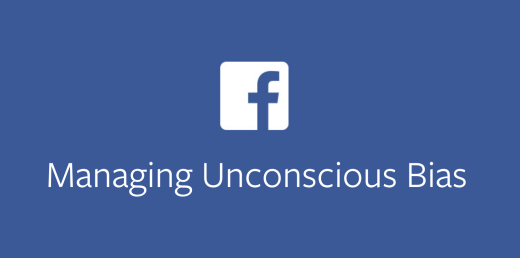
Perhaps no one has taken on the mantle of Silicon Valley diversity, particularly introducing more women in into the tech workplace, than Sheryl Sandberg. So it’s no surprise that when speaking on the issue, much of her ideas about how to create diverse workplaces are things that are either already in effect at major companies (including Facebook) or are on major roadmaps for HR and work culture.
Speaking in a session on Quora, Sandberg admitted that she initially didn’t believe she would “totally fit” at Facebook when she joined in 2008 after leaving her VP role at Google. But it’s clear to see that her work as COO, and the outside success of her book and similarly-named organization Lean In, has made her a strong advocate for eliminating that “culture fit” myth.
In answering the question, “What should men do (and not do) to support the growth of women in tech?” Sandberg beings by saying that the problem lies within the systematic nature of inequality — and it’s not just one group’s problem.
“The inequities that persist are everyone’s problem – gender inequality harms men and women, racism hurts whites and minorities, and equal opportunity benefits us all,” she wrote. “We need to help everyone understand that equality is necessary for our industry and economy.”

She then speaks on a few specific buzzwords that are popular in the area of Silicon Valley diversity and remedying institutional inequality. One in particular, Unconscious Bias, is not only the first thing Sandberg mentions but also a full initiative from Facebook. Unconscious Bias training is popular among companies because it revolves around the core idea that everyone expresses bias in one form or another. Recognizing such, in the long run, could lead to better hiring practices and ultimately better talent acquisition.
“One of the most important things we can do to promote diversity in the workplace is to correct for the unconscious bias that all of us have,” she wrote.
Sandberg also discusses the problem of the so-called “women in STEM pipeline” — the idea that there aren’t more women in tech roles because more of them drop out at an educational or entry level. The power of the pipeline, and its affect on a woman’s education and career over time, isn’t necessarily proven, especially as a report from Lean In showed more women face stagnation in their careers rather than a spontaneous exodus.
But Sandberg’s solution — that women join Engineering and Stem networking groups — is one that is potent and also a place where Facebook is heavily involved. The company, along with Lean In, Anita Borg Institute and LinkedIn, has developed “Lean In Circles” to help foster networks for women and men in technology.
Encouraging networking among minority groups in tech is a positive change, and one that can be seen in insular workplace groups like Blackbirds at Twitter or Gayglers at Google. But strength is in numbers, so it’s not surprising that Silicon Valley is looking to foster these groups at greater scale (and outside of the office) to widen the networking and talent pools of diverse tech workers.

Finally, Sandberg brings up being a “50/50 partner at home” — the idea that it is ok to want to be a good significant other or parent while also being a good employee or manager. This idea has been explored significantly this year in the form of parental leave, which, again, Facebook is also currently tackling as CEO Mark Zuckerberg has left his post temporarily to help care for newborn daughter Max.
There’s no mistaking that there’s an arms’ race for paternal leave in the tech world, especially when taking into account Netflix’s unlimited leave program (and similar programs by other companies). More companies are trying to promote the idea that all parents — men and women — should feel comfortable taking some time off to care for newborns. While these ideas certainly don’t come without strings, as anyone with an impatient manager or heavy workload may say, the intentions are good.
Overall, Sandberg provides thoughtful, actionable answers to solving tech’s diversity issues. But they are just some answers, not the only answers: many of these measures don’t specifically help all minorities, and it’s something to keep in mind as Silicon Valley continues to chase the true ideals of diversity.
But at least we have a clear picture of the problem.
“Women are missing out on high-impact, flexible, well-paid, and exciting careers, and the industry is missing out on their ideas,” Sandberg wrote. “By 2020 the United States will have 1 million unfilled roles in computer science and engineering — if women majored in CS at the same rate as men we could cut this gap in half.”
Get the TNW newsletter
Get the most important tech news in your inbox each week.





